New frontier in offshore performance
Published on July 19th, 2022
As boats have gotten faster, the limit for high performance has become the people onboard. The latest Olympic equipment has led to a wrath of injuries, but the situation is no better for larger boats.
In this report by leading designers VPLP, they note how skipper “well-being” is the new frontier in offshore racing performance:
Adding foils to offshore racing yachts has resulted in greater performance, but has also made conditions aboard just that much harder to bear. And to such a degree that the skipper’s ability to exploit these powerful designs has become a limiting factor.
This issue, which the 2020-21 Vendée Globe had shown to be particularly acute on the IMOCA boats, has forced mariners and architects to take a long hard look at the criterion of well-being at sea.
The 2016 edition of this solo, non-stop, round the world race saw the arrival of the first foiling IMOCAs and with them, a new era where living conditions aboard became a real issue for the skippers having to contend with a particularly bumpy ride in tough seas.
“Everyone remembers Sébastien Josse trampolining in his bunk, it was simply unbearable,” says Quentin Lucet, coordinator of VPLP’s Racing Division, remarking how the phenomenon became even more pronounced on the following generation which was specifically designed around foils.
It’s something that Boris Herrmann (5th place in the 2020-21 Vendée Globe on SeaExplorer -Yacht Club de Monaco, VPLP-Verdier design from 2015, foils fitted in 2020) knows only too well.
“In the south, there were many stretches when the boat was digging, going from 30 knots to 10 knots,” shared Herrmann. “It was really uncomfortable because I was forever being thrown forward, and that generated a lot of stress, so much so that I had no other option but to reduce speed.”
Armed with this experience and committed to building a new boat for the 2024-25 Vendée Globe, the German skipper commissioned VPLP to design an IMOCA that “can cut through the sea more cleanly, to improve comfort and performance, because the two notions are inseparable.”
“For Malizia 3, we really focused on reducing this braking effect,” says Lucet, noting how most of the work concerned the hull. “We pushed the notion of rocker a bit further to give the boat a greater ability to rise than the previous generation, the latter having tauter keel lines. This brings down the maximum speed but increases the average speed.
“Next, we flattened her forefoot to improve her movement through the water. Last of all, we endeavored to give her a more powerful hull so that, when the foil isn’t working so well, it can take over and get the boat moving again. That’s why the hull has a lower chine and more powerful waterlines forward.
“Similar work was done of the foils, whose V-shape should reduce the lifting effort the further the boat rises out of the water. This allows her to plane earlier, but also to auto-regulate her trim “to improve stability.”


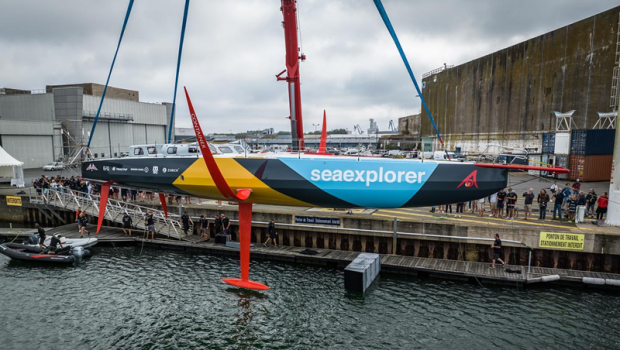


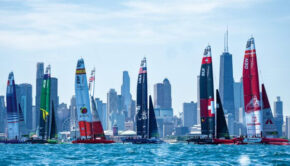
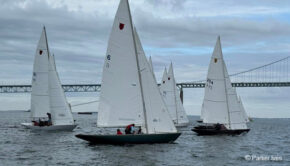
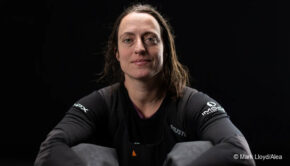
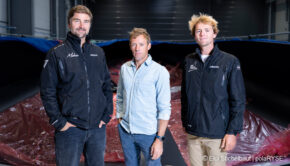
 We’ll keep your information safe.
We’ll keep your information safe.